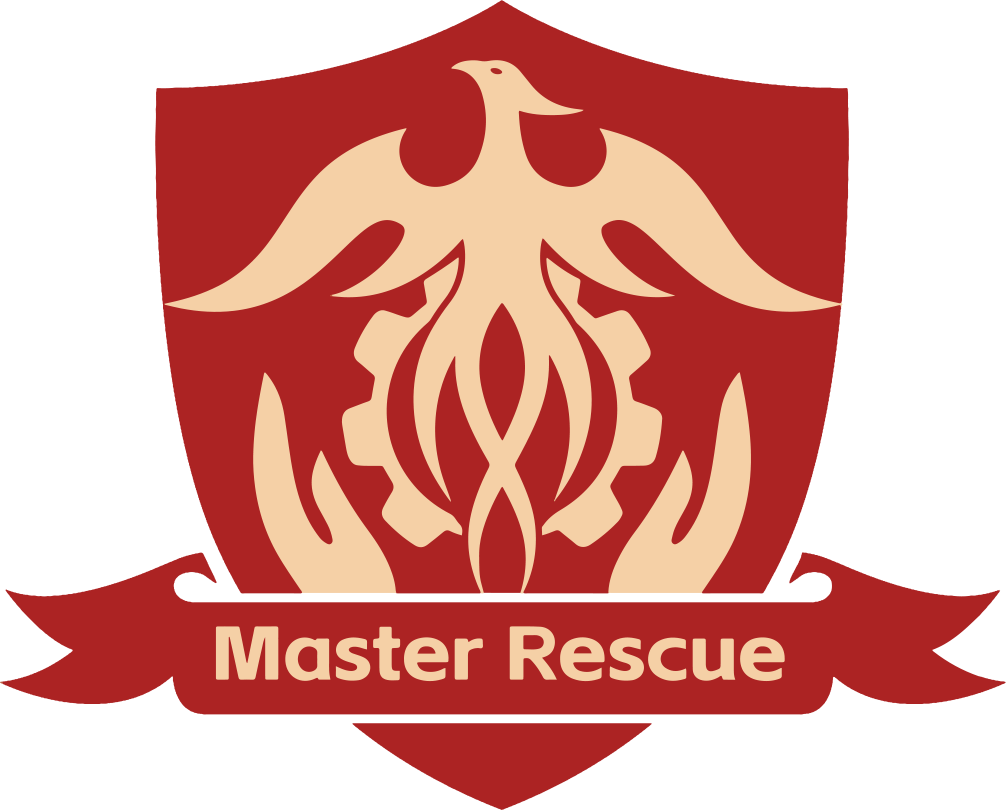In emergency and clinical settings, airway management is one of the most critical aspects of patient care. The Guedel Airway, also known as an oropharyngeal airway, is an essential tool that helps maintain an open airway and prevent airway obstruction in patients who are unconscious or semi-conscious. This simple yet vital medical device can be the difference between life and death in situations where a patient’s ability to breathe is compromised.
What is a Guedel Airway?
The Guedel Airway is a tube-shaped device made of plastic or rubber that is inserted into the mouth to secure the airway and facilitate breathing. Its design is specifically intended to prevent the tongue from falling back and obstructing the airway, particularly in patients who are unable to maintain their own breathing.
- Shape: The airway has a concave curve that fits comfortably over the back of the tongue, keeping it away from the airway passage.
- Material: It is often made from soft plastic or latex-free rubber, making it flexible and easy to insert while also being durable for repeated use.
- Size Variability: Guedel airways come in a variety of sizes (ranging from infant to adult), ensuring that healthcare providers can choose the right fit for the patient’s age and size.
Why is a Guedel Airway Important?
The Guedel Airway is particularly useful in emergency situations or when dealing with patients who are unconscious, as it performs several important functions:
- Prevents Airway Obstruction: In unconscious patients, the tongue may fall back and block the airway, leading to suffocation. A Guedel Airway prevents this by keeping the tongue in place and allowing air to pass freely into the lungs.
- Facilitates Ventilation: If the patient’s breathing is compromised, a Guedel Airway enables effective ventilation by creating a clear path for airflow, especially when used in conjunction with manual resuscitation methods like mouth-to-mouth or bag-valve-mask (BVM) ventilation.
- Helps in CPR: In cases of cardiac arrest, the Guedel Airway can be used to establish a patent airway, allowing for proper chest compressions and efficient oxygenation during CPR.
- Provides Easy Insertion: Designed for ease of use, the Guedel Airway is easy to insert, making it a preferred choice for emergency responders with varying levels of training. Its rigid structure reduces the risk of airway collapse during use.
How to Use a Guedel Airway
Correctly using the Guedel Airway requires understanding how to insert it without causing harm. Here’s a step-by-step guide on how to properly use a Guedel Airway:
- Choose the Correct Size: Guedel airways come in various sizes. To select the right one, measure the distance from the corner of the mouth to the earlobe (this should give an approximate size). The airway should fit snugly in the mouth but not cause excessive discomfort.
- Position the Patient: Ensure the patient is lying on their back with their head tilted slightly back (in the neutral position), which helps open the airway.
- Open the Mouth: Gently open the patient’s mouth by applying pressure on the chin and lifting the jaw forward to allow for easy insertion of the airway.
- Insert the Airway: Hold the Guedel Airway with the curved part facing upward (towards the roof of the mouth). Insert the airway upside down initially and gently rotate it 180 degrees as it enters the mouth, guiding it into the oropharynx (the back of the throat). Do not force the airway; if resistance is encountered, try a different size.
- Check the Position: Ensure the Guedel Airway is seated comfortably, without causing irritation or injury to the oral cavity. The airway should keep the tongue forward and the path clear for breathing.
- Secure and Monitor: Once in place, continue to monitor the patient’s breathing and oxygenation levels. If necessary, use an ambu bag or other ventilation devices to assist in providing oxygen.
When Should a Guedel Airway Be Used?
The Guedel Airway is most commonly used in emergency situations where airway management is needed. Some specific instances where a Guedel Airway may be used include:
- Unconsciousness: In cases where a patient is unconscious but still has some degree of muscle tone, a Guedel Airway can help maintain an open airway without requiring invasive procedures.
- Severe Trauma: Patients with head injuries or other severe trauma may have difficulty maintaining their airway. The Guedel Airway can provide quick relief and support until advanced care arrives.
- Cardiac Arrest: During CPR or other life-saving measures, the Guedel Airway ensures that the patient’s airway remains open for proper ventilation.
- Respiratory Failure: If a patient is unable to breathe effectively on their own due to a medical condition, the Guedel Airway can be inserted to assist with oxygen delivery.
Benefits of Using a Guedel Airway
- Non-invasive Airway Support: Unlike other airway management tools such as endotracheal tubes, a Guedel Airway is non-invasive and does not require specialized training for insertion.
- Prevents Aspiration: The Guedel Airway helps prevent aspiration (the inhalation of food or liquid into the lungs) in unconscious patients, reducing the risk of choking or pulmonary complications.
- Easy to Use: Simple to insert with minimal training required, the Guedel Airway is ideal for use by first responders, paramedics, and in clinical settings.
Conclusion: The Life-Saving Role of a Guedel Airway
The Guedel Airway is a crucial tool in airway management, particularly in emergency and trauma care. It provides quick and effective relief for patients who are unconscious or unable to maintain their own airway. By ensuring that the airway remains clear and facilitating breathing, it plays a key role in life-saving interventions and helps to stabilize patients until advanced care is available.
A reliable, simple, and cost-effective device, the Guedel Airway is a must-have for first aid kits, ambulance services, and hospitals, as well as for anyone involved in emergency response situations.
